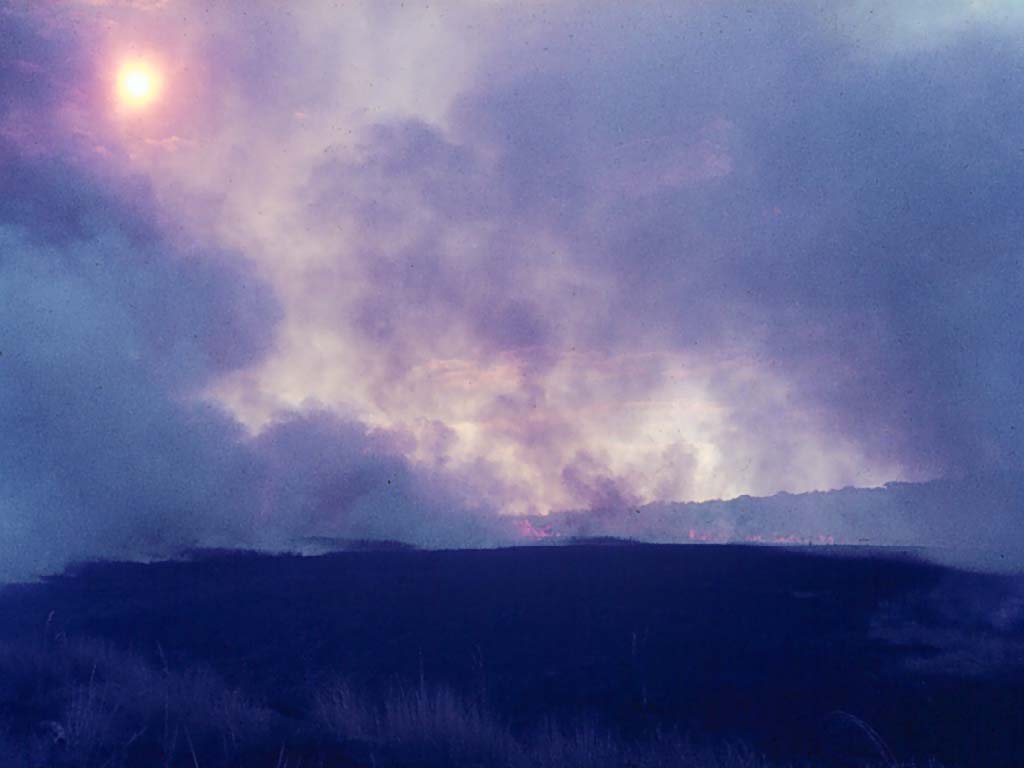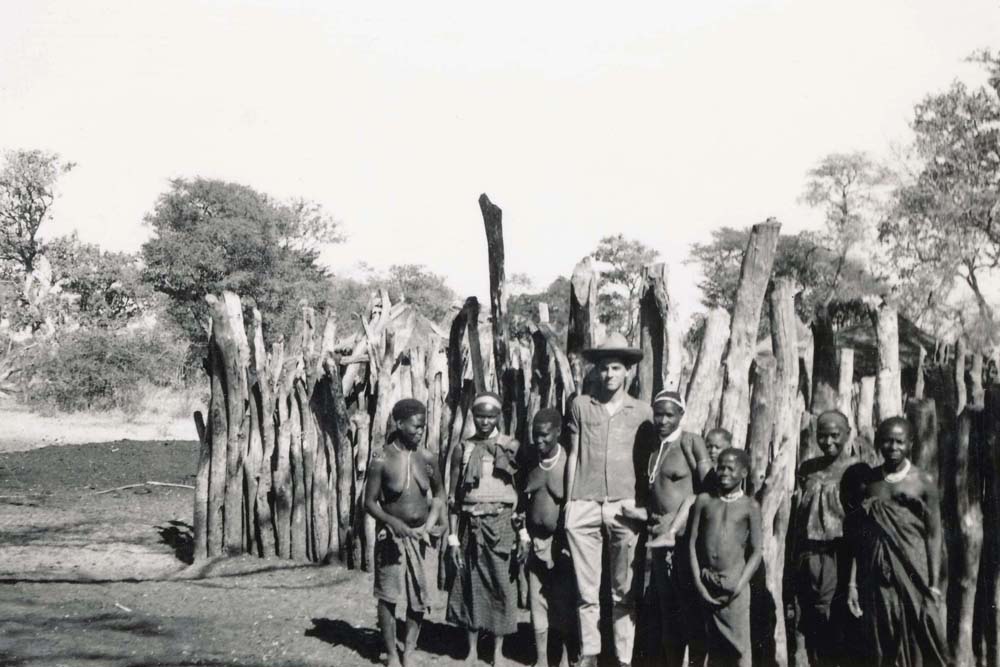

The native Angolans in the area, the Bailundos, belong to the Umbumdo tribe, the largest in Angola. The Bailundos are gentle and hard working people, very different from the Cuanhamas from Lubando, a proud and bellicose tribe. The Bailundos, due to their nature were quick to learn the language and habits of the Settlers and become one of the most important reasons from the rapid economic growth of the central plateau.
Was in this paradise that Antonio and family built their home. They started planting cereals, mainly wheat and corn in the Cubango valley and built the house at the top of a small hill on the river bank.
As in every colony and mainly due to the low population density, land was plentiful. In those days one did not buy land but use as much as one could cultivate, no fences, no titles.
The diet was spartan but healthy. With the grain they would make soup and crushed it to make flour for bread. Meat was mainly antelope and fish of the fresh water variety from the rivers. With the sea five hundred kilometers away there was no chance to experience the abundance of sea fish that is available from the Angolan coast.
In 1902 an English company started building a railway crossing Angola from the sea port of Lobito to the mines of Katanga ( then Belgian Congo, now Zaire), Zambia and Tanganyika.
The railway, Caminhos de Ferro de Benguela (CFB), with its 1350 km crossed the center of Angola and passed just seven kilometers from Chimbondo. With the need for fire wood for the locomotives, a series of small communities start appearing along the railway.
Bela Vista was one of the many small post along the railway line, and soon a primary school started there. António and Rita, both illiterate, worked very hard to provide their children with primary education. Every day the kids would travel to Bela Vista by boi cavalo -bullocks trained to be used as transportation-. António, the eldest son was the first to attend school. A native Angolan always accompanied the kids to school because of the dangers of wild animals, mainly lions and leopards.

Fire in the Anhara. Fire was used to clear the land and speed up growth after the first rain

A village (quimbo) with high fences to protect against lions - Luengue, South East of Angola